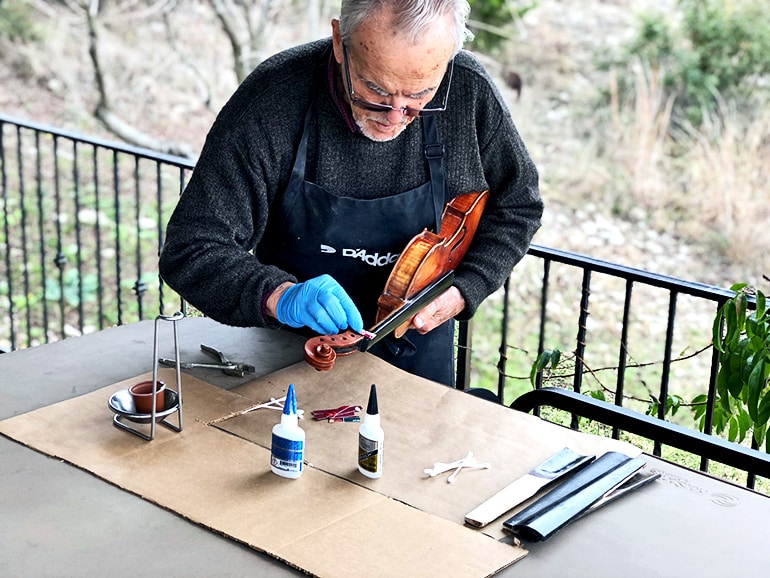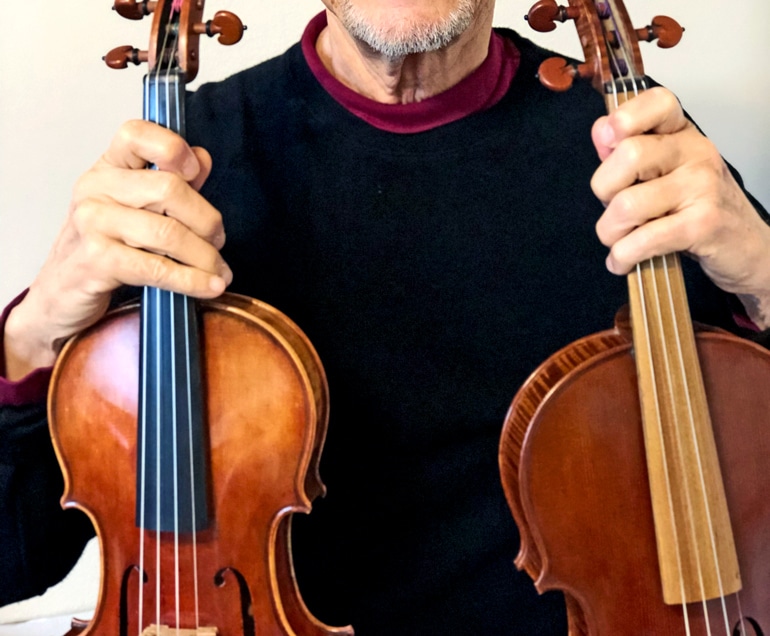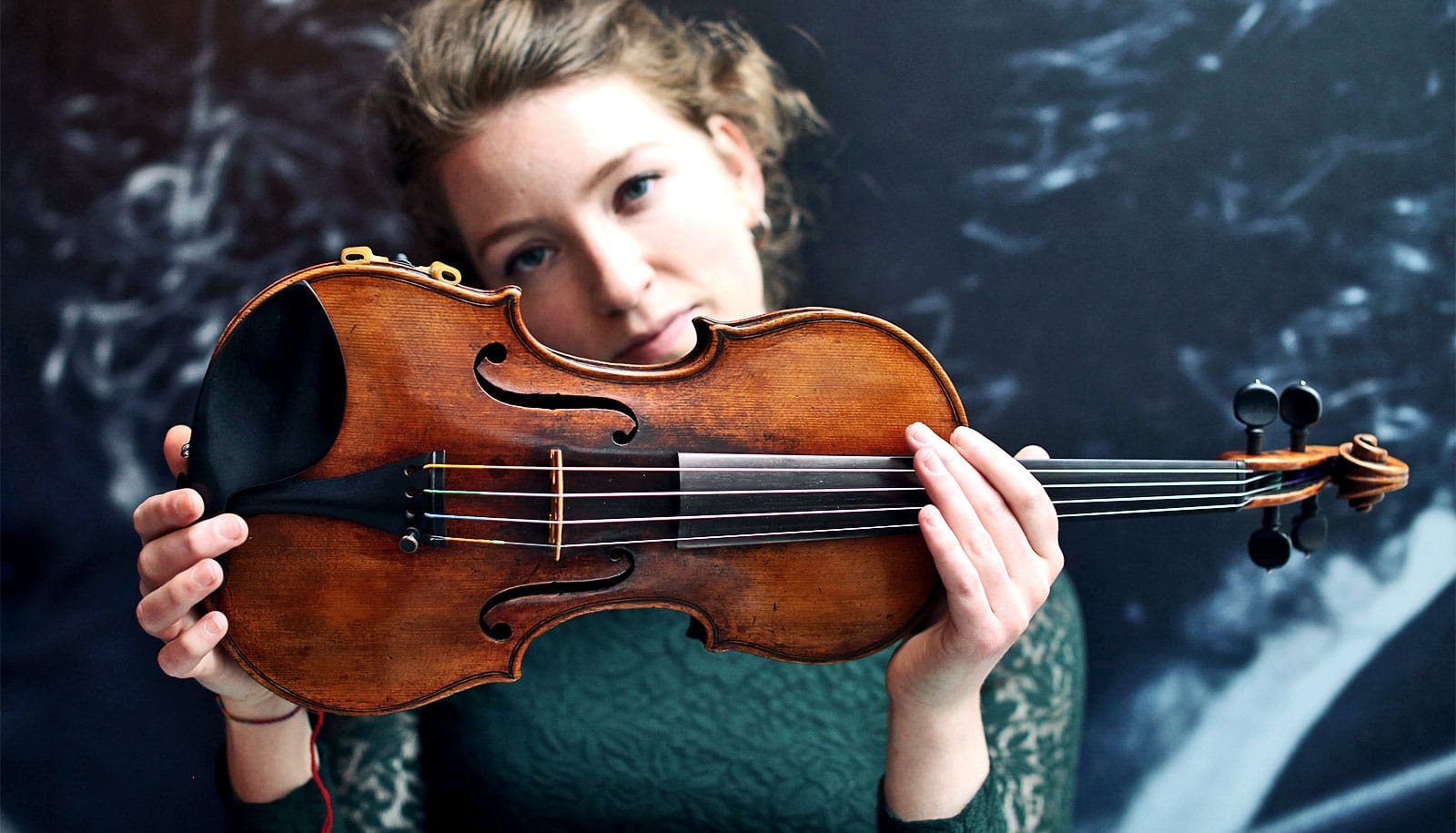A modification to violins could enhance their tonal quality and how musicians play, according to new research.
The fundamental design of the violin has changed only once since the times of Antonio Stradivari, considered the ultimate master craftsman of the instrument.
The new findings could rock the music world, so to speak, and alter the way we construct the stringed instruments in the future.
Joseph Nagyvary, a professor emeritus at Texas A&M University, has conducted violin research for 40 years. After exhaustive tonal frequency tests, chemical analysis, and detailed measurements of key parts, he believes that making violin fingerboards lighter and shorter would bring their sound closer to the level the instruments of Italian masters produced centuries ago. His work will appear in the music journal the Strad.

Nagyvary has passionately tinkered with violins most of his 85-year-old life. He first learned to play in Switzerland on an instrument that once belonged to Albert Einstein. He explains that old masters like Stradivari and Guarneri made their fingerboards from poplar and maple woods then prevalent in Italy.
“Their violins have been unmatched in sound and quality for 220 years,” he says, noting that a Stradivari violin today can be valued at $10 million, and a Guarneri even more.
“But towards the end of the 18th century ebony came into vogue, and all the original fingerboards were replaced with that. It is three times heavier, and added weight is never beneficial to a violin. Plus, procuring ebony is becoming controversial—it is a rainforest wood that is environmentally protected in much of the world.”

Nagyvary considers the alterations that French restorers made around 1800 as adulterations that should be partially remediated. He believes that using the original type of wood and a slightly shorter fingerboard would give these modified instruments a sound quality much closer to the original intent.
However, hyper-traditional violin makers and players do not easily adopt new scientific claims.
“I know my research is solid and the findings are accurate,” Nagyvary says. “And other scientists have made related recommendations. But getting the music world to agree to them is no easy thing. Dramatic changes like these can take years or even decades to be accepted.”
About 30 years ago at Texas A&M, Nagyvary was the first to prove a theory that he had spent years researching: that a primary reason for the pristine sound, beyond the excellent craftsmanship, was the chemicals Stradivari and others used to treat their instruments due to a worm infestation at the time. A review by the American Chemical Society verified his findings.
Nagyvary knows his current research will sound a sour note to violin purists.
“A lighter instrument and a different type of wood are the key things,” Nagyvary says. “My claims are not theoretical, but material ones that can be easily tested. I have violins to show, and I can advise other makers. This could prompt a retrofitting of many types of stringed instruments, renewing activity in violin shops around the world.”
Source: Texas A&M University



